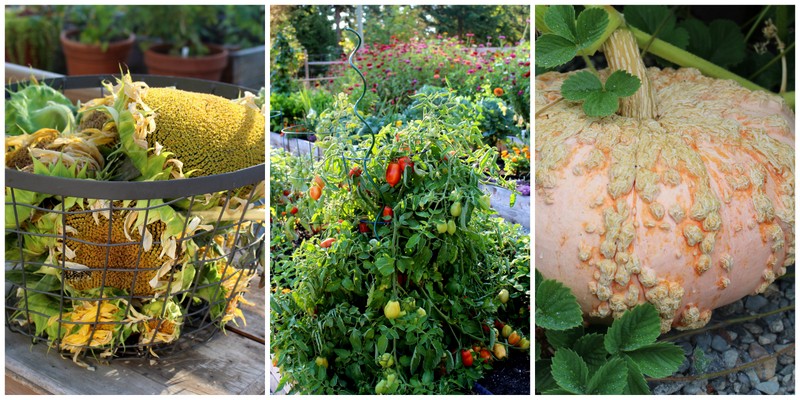Spring temps and drizzly rain means it is the perfect time to be planting
lovely, cold hardy veggies...
lovely, cold hardy veggies...
Many who stop by at the greenhouse in March and April are surprised to see 6-packs of vegetables already sitting on the benches, ready to go into your garden beds.
They are even more surprised when I tell them that 'Yes, they can be planted right now' and 'No, I do not cover them up or haul them inside for the nights'.
Is true. Some veggies actually love this crazy April weather and don't even mind a titch of frost.

Turnips love cool weather!
These cool weather crops are all planted between February and late April. Quite a few of them dislike heat and will bolt (shoot up a tall centre stalk and go to seed) in hot or dry weather.
If you were to wait till May long weekend to plant up your broccoli or lettuce 6 packs, for example, you would likely be very disappointed to see them bolt within two weeks time. Some of them truly do not like heat.

Sow radishes every couple of weeks for fresh eating all spring.
Arugula, spinach, and (leaf and head) lettuce - Salad greens that can be harvested until they bolt in the heat. Grow from seed or starter plant, can be succession sown till end of April and harvested through June, or when they turn too bitter to eat.
Beets - Seeds can be sown many times throughout the year. Sow in spring, summer, and fall. Does not tend to bolt in the heat, luckily, but likes to be sown in mid to late April for best results.
Broccoli - Harvest the main head when ready, about 5 inches down. It will then form smaller heads along the stem. Keep harvesting and enjoying until it begins to flower/bolt. Flowers are also edible.
Broccoli raab/rapini/broccolini - Makes lots of small broccoli type heads on longish stems. Harvest regularly to keep it producing as long as possible, dislikes dry soil so water more often as things begin to heat up.
Cabbage - Can be sown now, in summer, and again in fall. Fall and winter cabbage taste fantastic after a frost or two and are never bothered by pests.
Cauliflower - Loves! cool weather, grow in spring and fall, does not thrive in the heat. Plant now and keep moist. When the curds (white head) starts to grow, fold the leaves over it to prevent it from going yellow, harvest a week or two later. Plant some more in fall.
Collards, greens, mustards and Oriental greens, such as Pak choi and Bok choy all love this weather, too, but will bolt when the soil warms up.

Leeks - Plant now and harvest from late summer through till spring next year. Super easy to grow.

Plant peas now from seed or starter.
Peas - Shelling peas, sugar snap peas, and snow peas... are all treated exactly the same.
They like to planted early in the year and will go dormant in the summer heat. To keep them producing as long as possible, pick, pick, pick. The more you pick, the more they make. When you stop, they figure that their job is done for the year.
Radishes - Grows fast from seed. Sow a few every week or two for fresh radishes through till summer. They go from seed to radish in 30 days, so are one of the fastest and easiest veggies to grow.
Spinach - Treat like cut and come again lettuces, grow from seed or starter in spring. Id not heat tolerant at all, will bolt as the days get hotter and drier.
Turnips - Grow fast from seed, like radishes. Eat the greens first and then the roots. So easy to grow, and yummy, too.
These guys should all be planted now and will bolt when the hot and dry season arrives. If you wait too long to plant, you will not get to enjoy the fruits of your labour.
Herbs such as Cilantro/coriander, too.
Cilantro really dislikes the heat, prefers to be grown in the damp, cool weather of spring or fall.
Carrots can be sown from April through early July.
Mid-season veggies love the cool weather as well, are also planted when temps are cool, but not quite as early as the cool season crops (mid to late April here on the island : )
Plant potatoes and onions now, harvest in late summer.
Swiss chard also prefers to be planted now, can be harvested as needed till fall.
Is somewhat winter hardy.
Brussel sprouts love to be kissed by frost.
Brussel sprouts, carrots, celery, kale, and parsnips are planted now and can stay in the garden throughout the winter, to be harvested as needed.
They taste better after a hint of frost. Make sure you lift next spring though or they will become woody and go to seed.

Plant all kinds of strawberries now, as well as companion plants.
Strawberries will produce this year, alpine types go from seed to berries in just one season!
Happy growing and sowing!











































